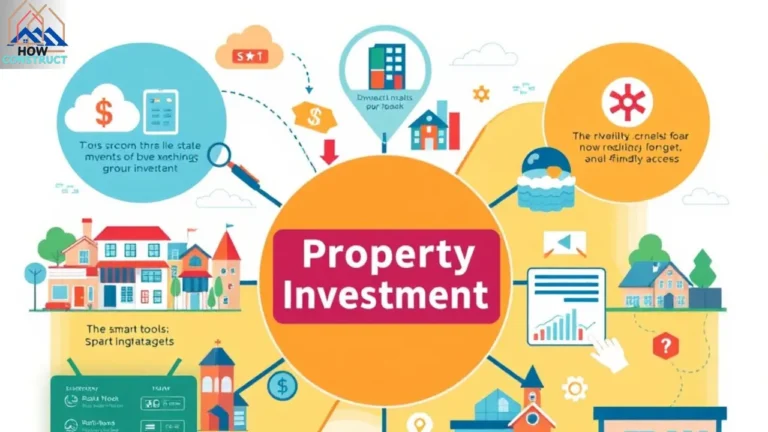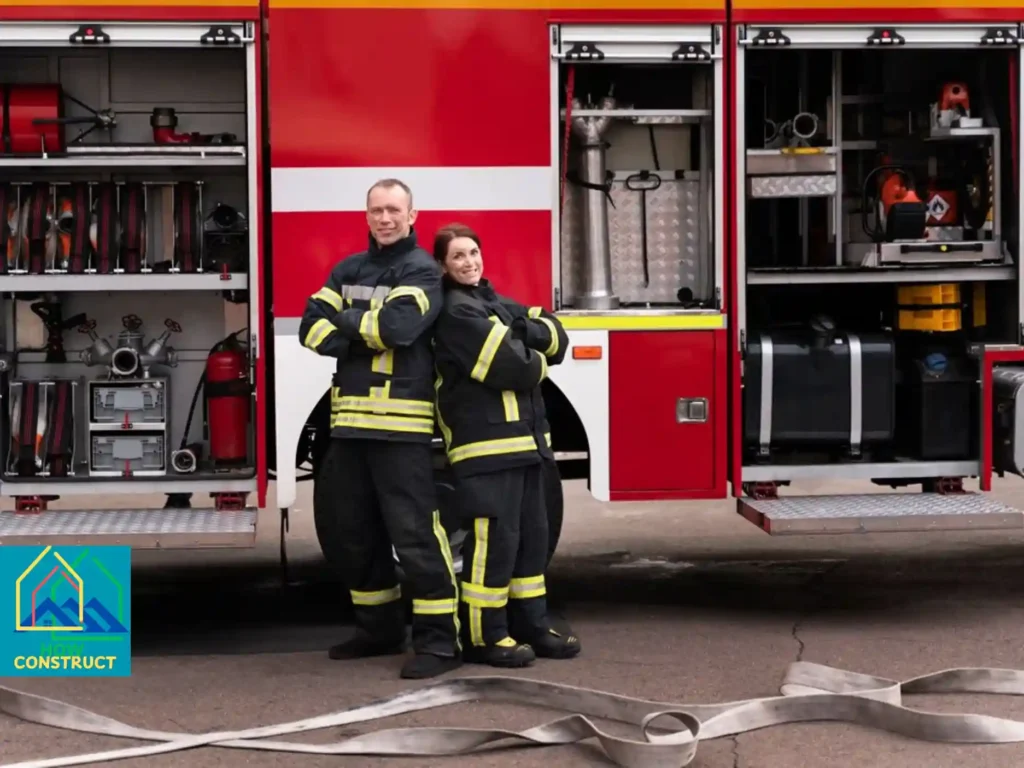Introduction
Fire security is an important parameter of modern building design. A building firefighting system certifies the protection of lives and stuff from potential fire hazards. With urbanization and high-upswing structures becoming more common, the necessity for efficient fire suppression and identifying technologies has grown considerably. This guide explores different types of firefighting projects, their mechanisms, modern technological advancements, monitoring standards, and cost comparisons to help in conclusion-making.
1. Types of Building Firefighting Projects
1.1 Fire Suppression Projects
Fire suppression projects are designed to control or extinguish fires before they spread. The main types include:
1.1.1 Sprinkler Projects
- Cost: $1 – $3 per sq. ft.
- Usage: Suburban, commercial, and industrial buildings
- Modern Trends: Sharp sprinklers with remote monitoring are gaining popularity.
1.1.2 Gas Suppression Projects
- Cost: $3 – $7 per sq. ft.
- Usage: Data centers, archives, and high-value asset storage
- Modern Trends: Eco-friendly gas-based projects are replacing halon-based suppressants.
1.1.3 Foam Suppression Projects
- Cost: $2 – $6 per sq. ft.
- Usage: Industrial plants, fuel storage facilities
- Modern Trends: Automated foam dispensers and fast-deployment projects improve effectiveness.
1.2 Fire Identifyion Projects
Fire identifyion projects are crucial for early warnings, preventing large-scale damage. Key components include:
1.2.1 Smoke Sensors
- Cost: $10 – $50 per item
- Usage: Homes, offices, warehouses
- Modern Trends: AI-based smoke identifyion with IoT addition improves response times.
1.2.2 Heat Sensors
- Cost: $20 – $100 per item
- Usage: Environments with high dust or air where smoke sensors are ineffective
- Modern Trends: Sharp sensors that examine temperature upswing patterns to decrease false alarms.
1.3 Fire Alarm Projects
A well-consolidated fire alarm system alerts occupants and emergency responders instantly.
1.3.1 Manual Fire Alarms
- Cost: $50 – $200 per item
- Usage: Schools, hospitals, shopping malls
- Modern Trends: Wireless and voice-assisted alarm projects are gaining adoption.
1.3.2 Automatic Fire Alarms
- Cost: $200 – $1,000 per system
- Usage: Large buildings, skyscrapers
- Modern Trends: AI-based robotics that differentiates between real fires and false alarms.
1.4 Smog Sensors and Air Quality Monitoring
Fog and noxious fumes are critical hazards in modern buildings. Smog sensors help in early warning and preventive measures.
- Cost: $30 – $150 per item
- Usage: Factories, underground parking, large suburban areas
- Modern Trends: Sharp air quality monitoring projects that alert occupants to hazardous air conditions.
2. Modern Challenges in Fire Protection
2.1 Urbanization and High-Upswing Structures
- Challenge: High-upswing buildings necessitate difficult fire suppression projects.
- Solution: Advanced smoke extraction and automated stairwell pressurization.
2.2 Climate Change and Wildfires
- Challenge: Rising temperatures increase fire threats.
- Solution: Sharp sprinklers that identify dry conditions and activate pre-emptively.
2.3 Electrical and Lithium-Ion Battery Fires
- Challenge: EVs and battery storage introduce new fire hazards.
- Solution: Specialized fire-resilient materials and non-water-based suppression agents.
3. Sharp Firefighting Technologies for Building firefighting system
3.1 AI and Machine Learning in Fire Identifyion
- AI-driven surveillance can identify early smoke patterns and alert authorities.
3.2 IoT-Based Fire Security Monitoring
- Sharp sensors provide real-time data on fire hazards, allowing remote monitoring.
3.3 Drone Technology for Firefighting
- Drones armed with infrared cameras help identify fire origins and spread patterns.
4. Fire Security Standards and Compliance
Governments worldwide are updating fire security regulations to address modern challenges:
- NFPA (USA): Decrees sharp fire alarms in new productions.
- BS 9999 (UK): Apprises in fire risk assessments for difficult buildings.
- ISO 7240 (Global): Launches new standards for automated fire identification projects.
- NBC (India): Reviewed fire security codes for high-upswing buildings.
- AS 1851 (Australia): Certifies mandatory routine maintenance of fire protection projects.

5. Cost Comparison of Fire Protection Solutions
| System Type | Cost per Sq. Ft. | Best Suited For | Modern Features |
| Sprinklers | $1 – $3 | Homes, offices | Sharp sprinklers |
| Gas Suppression | $3 – $7 | Data centers | Eco-friendly gas |
| Foam Suppression | $2 – $6 | Industrial sites | Rapid deployment |
| Smoke Sensors | $10 – $50/item | Small buildings | IoT addition |
| Fire Alarms | $50 – $1,000/item | Large buildings | Wireless projects |
| Smog Sensors | $30 – $150/item | Factories, parking | Air quality alerts |
Conclusion
A building firefighting system is important for security and legal obedience. With modern revolutions such as AI-driven identifyion, IoT monitoring, and drone-assisted firefighting, fire defense is becoming more efficient and cost-effective. Understanding these projects helps architects, builders, and stuff owners do informed conclusions that improve security and decrease threats.
FAQs Regarding Building firefighting system
Q1: What is the utmost budget-effective firefighting system?
A: Sprinkler projects are the most eco-friendly, providing effective protection at a low cost.
Q2: How can sharp technology improve fire security?
A: AI, IoT, and drones offer faster identifyion, remote monitoring, and better emergency response.
Q3: What are the latest firefighting trends in 2025?
A: Automated suppression projects, AI-powered smoke identifyion, and eco-friendly gas suppression are key trends.
Q4: What are the regulations for fire protection?
A: Standards like NFPA, BS 9999, ISO 7240, NBC India, and AS 1851 ensure compliance and improved security measures.
Q5: Can drones be used in firefighting?
A: Yes, drones help identify fire sources and assist firefighters in difficult environments.
By integrating modern technology and adhering to global standards, fire protection projects are now more effective, ensuring maximum security with minimal human intervention.













